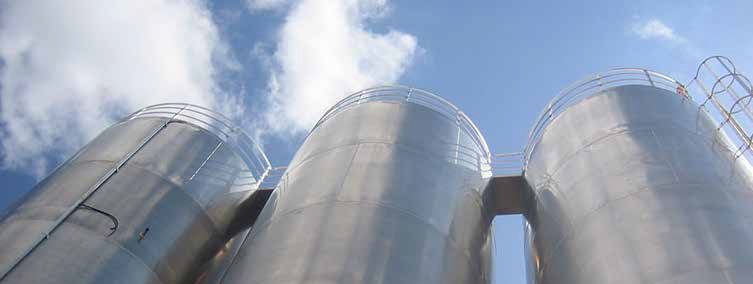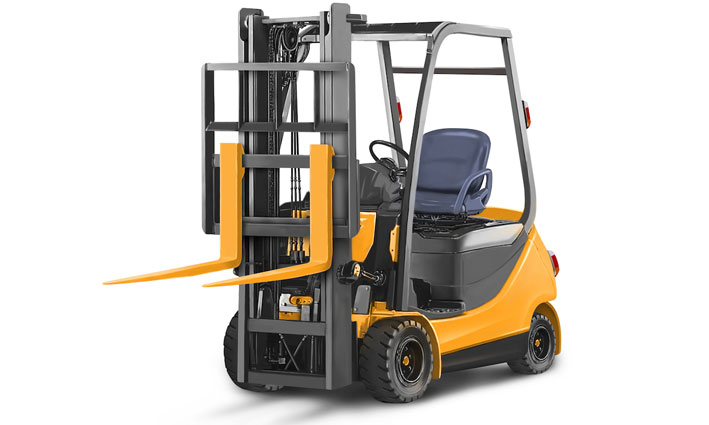Ansys Composite Cure Simulation
Evaluation of autoclave curing effects on composite laminates using the simulation

Ansys is a software suite of Ansys Inc.

Ansys is a software suite of Ansys Inc.

Deformations induced by the curing process (Process Induced Distortions - PID) are one of the main problems for composite materials production with polymer matrix (Fiber Reinforced Plastics - FRP). These effects are mainly caused by residual stresses that arise during the matrix polymerization. Process optimization can be pursued through a traditional trial & error approach, generally convenient and effective only for simple geometries. More complex composite parts require more sophisticated models which must be based on an in-depth understanding of residual stresses (e.g. different composite thermal expansion in-plane and through-the-thickness, shrinkage by polymerization, layup asymmetry, mold-composite interactions, etc.).
Ansys Composite Cure Simulation (ACCS) is a dedicated simulation technology to study the effects of the cure process for polymeric matrix composites. ACCS is implemented within the Workbench platform through ACT and it extends the thermal and structural solver capabilities. The integration in Workbench and Mechanical allows to exploit Ansys Composite PrepPost (ACP) for the composite lay-up definition. Through ACCS it's possible to optimize a pre-existing project reducing scraps and rework, it makes new products design cycle more efficient and optimizes mold geometry to reduce the onset of residual stress.
Request a free demo
Send your technical questions to our experts!
Connect you with an EnginSoft expert who can provide a reliable answer to your technical question or recommend a
proven solution.

CASE STUDY
By taking advantage of EnginSoft experience in Simulation Based Engineering, by means of the FEM analysis, the Durability, Structural Integrity and Buckling behavior of a new group of toxic liquid and fuel storage tanks have been investigated.
energy mechanics ansys

CASE STUDY
A client wanted to evaluate the dynamic performance of a new-concept forklift, so a fully-functional multibody model of the forklift was built by assembling the client’s CAD geometries.
multibody automotive mechanics recurdyn
CASE STUDY
In this article, Del Negro explains how Ricardo is developing solutions to support its customers to predict the lifecycle of motorcycle components, using finite element analysis (FEA) and fatigue analysis.
femfat mechanics automotive

CASE STUDY
Vin Service, founded in 1976, is a world leader in dispenser technology and the first Italian manufacturer of draft-wine dispensers. Its core business is in the dispensing equipment industry and in cooling systems for beverages.
ansys mechanics food-beverage
CASE STUDY
Mesh morphing has proven to be a valuable tool in parametrizing numerical models to perform shape optimization. It allows engineers to save time in generating new configurations for analysis because it does not require geometry modification and mesh re-generation.
ansys mechanics